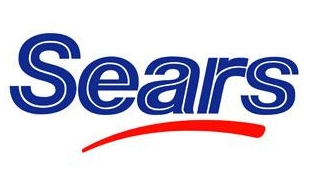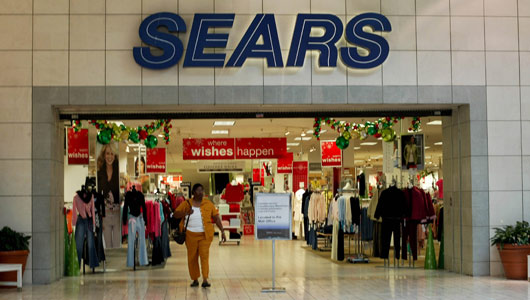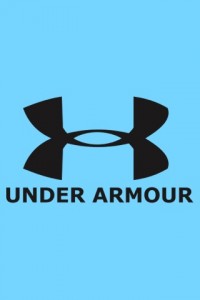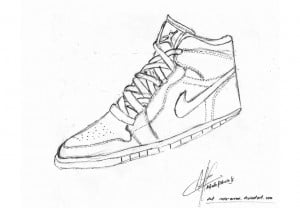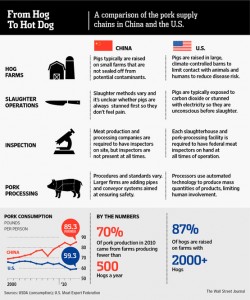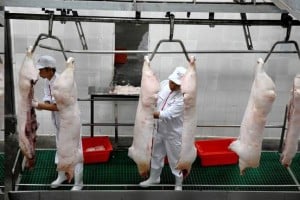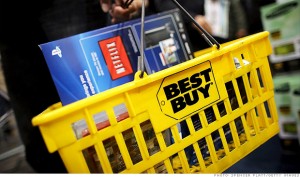 After a rough couple years, Best Buy is struggling to stay afloat like many other electronic stores. Other stores like Circuit City have closed there doors for good and it seems like Best Buy is struggling to be the company they once was. People like the convenience of shopping online and it is really affecting a lot of Best Buy’s business. To deal with this decrease in sales, Best Buy has had to close a few stores. Despite the decrease in sales this quarter, the company is very optimistic about their future as well as there current forecasts. In this first quarter of 2013, Best Buy announced that their sales were very close to their forecasts. Their stock is up over 126% this year and they rank 3rd on the S&P 500’s best stocks of 2013.
After a rough couple years, Best Buy is struggling to stay afloat like many other electronic stores. Other stores like Circuit City have closed there doors for good and it seems like Best Buy is struggling to be the company they once was. People like the convenience of shopping online and it is really affecting a lot of Best Buy’s business. To deal with this decrease in sales, Best Buy has had to close a few stores. Despite the decrease in sales this quarter, the company is very optimistic about their future as well as there current forecasts. In this first quarter of 2013, Best Buy announced that their sales were very close to their forecasts. Their stock is up over 126% this year and they rank 3rd on the S&P 500’s best stocks of 2013.
Can Best Buy survive unlike the other failing electronic stores? Online shopping keeps becoming a bigger phenomenon and I think that it is going to affect Best Buy in a negative way. People aren’t reluctant to go the store to buy electronics when it can be just a click away at home. I think that Best Buy’s customer service rating is also another reason why they are struggling. Their profit from continuing operations was down over 54% this past year. That being said, Best Buy is still open and are still doing over 10 billion dollars of sales every year. Best Buy has also been making a lot of operational changes in each one of their stores. They have continued to remove wasteful processes as well as trying to re-position their brand so that they can be more competitive with online shopping. They have also implemented a price-match guarantee so that they can stay competitive with companies like Amazon. Their forecasts have also been very accurate which is definitely a plus for the company. Their sales are down in the past few years but since there forecasts have been so spot on, there aren’t really any surprises in the sales numbers. Best Buy continues to fight and claw its way back up to the top where they sat for many years. I think the only way they will be successful again is if they improve the online shopping aspect of their company.
Is Best Buy a company you would feel comfortable investing in? Their stock price has been doing great so far in 2013, but do you think in the upcoming years they will continue to grow? Many other electronic companies have failed in the past, is Best Buy too big to fail at this point? Is online shopping going to completely take over all electronic stores? The future is very uncertain for Best Buy. However, they do seem like they are headed in the right direction.
http://money.cnn.com/2013/05/21/news/companies/best-buy-sales/index.html?section=money_topstories
